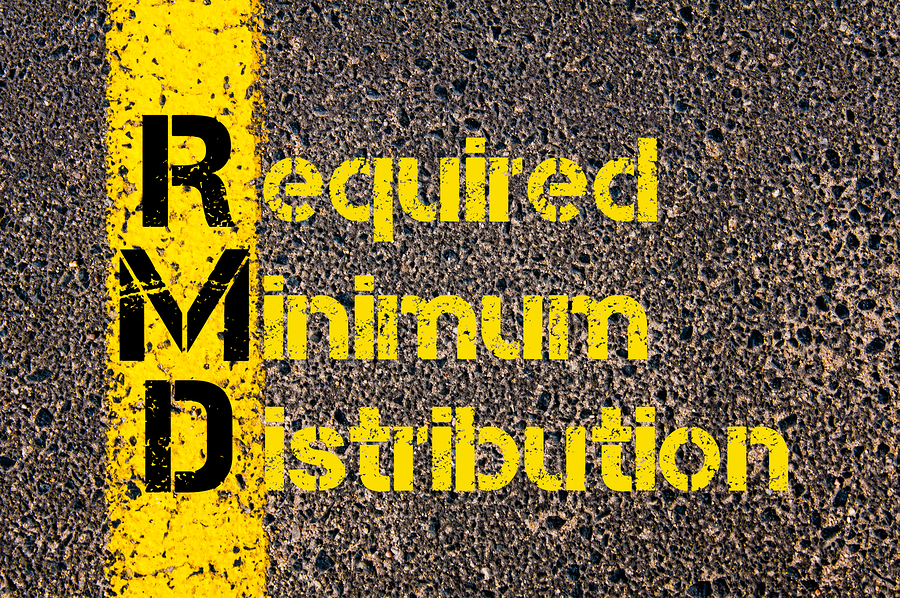TIPS FOR MAXIMIZING REQUIRED MINIMUM DISTRIBUTIONS
If you are 70½ or older, you must take money out of your tax-deferred retirement accounts each year or face a stiff 50% penalty from Uncle Sam.
The amount you must withdraw annually will fluctuate based on your life expectancy and account balance. Use the IRS chart to accurately calculate your exact required minimum distribution, or RMD, each year as you will be penalized if you don’t take the correct amount. You will be required to pay taxes on the withdrawn amount as it will be considered income. But your tax bill will certainly not be as high as the 50% fine for not withdrawing, not taking enough, or not doing so on time.
The deadline to take your RMD each year is December 31st, with the government allowing you a one-time deferral until April 1st of the year after you turn 70½. For example, if you turned 70½ on June 6, 2016, you can delay taking out your first RMD until April 1, 2017.
But what if you are blessed with good health, limited expenses, and have no need for the funds?
Whether you need the funds or not, you are required to take them. However, there are strategies to help you maximize your spending power and preserve your retirement income:
- Calculate the timing of your first RMD. Delaying your first RMD until April 1st of the following year may trigger a higher tax bill. That’s because you will still be required to take your second RMD in 2017. The double-withdrawal may suddenly throw you into a higher tax bracket—especially since the total taxable income also includes half of your Social Security benefit. Any dollar that takes you above your initial bracket will be taxed at a higher rate. In certain circumstances, it may still make sense to delay your first RMD. Speak with your tax and financial advisor to determine your individual situation.
- Take the minimum amount. Just because you are allowed to take out more than the minimum amount doesn’t mean you should. You’ll not only be required to pay taxes on any extra amount, you may be sacrificing potential future growth of those funds.
- Take your RMD from your worst-performing account. Even though you have to calculate the RMD separately for each traditional IRA that you own, you can pay the total from any single one or combination of them that you want. Just make sure to add up the total RMD from all of the accounts first, and then withdraw that amount from whichever account is generating the lowest return.
- Consider converting some of your IRAs into Roth accounts. If you have not hit the mandatory age of 70 ½ and have more than one tax-deferred retirement account, consider rolling some of your IRAs into a Roth account. Roth IRAs do not have any required annual minimum withdrawals because taxes are paid at the time contributions are made. And whenever you withdraw from a Roth in the future, those distributions could be tax-free. Converting also reduces the balance on your original IRAs, shrinking your future RMDs. A balanced mix of traditional IRAs and Roth accounts may also contribute to a well-diversified portfolio, which is recommended for financial stability.
- Consider options for how to spend the RMDs. A conservative money-market account or short-term Certificate Deposit (CD) may be advisable if you plan to use the money in the near future or want it as part of your emergency fund. Alternatively, consider investing your RMD in a mutual fund comprised of various stocks if you have no need for the money in the foreseeable future.
As each person’s case is unique and continually changing, it is advisable to work with a trusted financial advisor. At Silverman Financial, we can provide flexible solutions and smart strategies to protect and preserve your retirement.
If you would like assistance in calculating or discussing your required minimum distribution, please call us at: (888) 229-7163 or (305) 670-7088.




